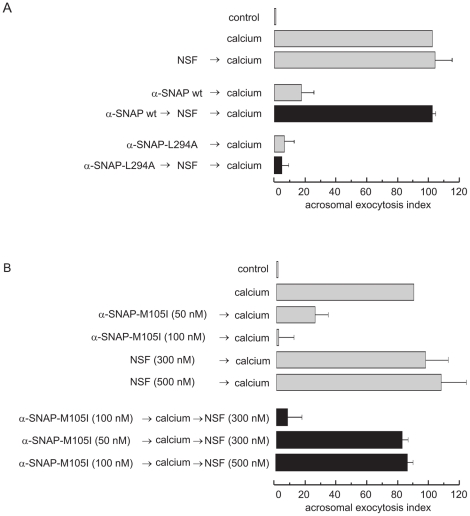Figure 4. NSF rescues the AR block imposed by the M105I mutant at high NSF/α-SNAP ratios.
A, SLO-permeabilized sperm were loaded for 15 min at 37°C with 300 nM wild type α-SNAP or 400 nM α-SNAP-L294A followed by 300 nM NSF and the reaction mixtures were incubated at 37°C for 15 min. The AR was initiated by adding 0.5 mM CaCl2 and incubating for 15 min at 37°C (black bars). Controls (gray bars) included: background AR in the absence of any stimulation (control); AR stimulated by 0.5 mM CaCl2 (calcium); AR inhibited by 300 nM wild type α-SNAP or 400 nM α-SNAP-L294 (α-SNAP wt/L294A → calcium); and AR unperturbed by 300 nM NSF (NSF → calcium). Cells were fixed, acrosomal exocytosis was evaluated by FITC-PSA binding and data were normalized (mean ± S.E.M. of at least three independent experiments) as described under “Materials and Methods.” B, SLO-permeabilized spermatozoa were loaded with the indicated concentrations of α-SNAP-M105I for 15 min at 37°C and subsequently challenged with 0.5 mM CaCl2 for 10 min at 37°C. NSF was then added as indicated in the labels and incubations continued for an additional 10 min (black bars). Several controls were included (gray bars): background AR in the absence of any stimulation (control); AR stimulated by 0.5 mM CaCl2 (calcium); AR inhibited by α-SNAP-M105I (α-SNAP-M105I 50/100 nM → calcium); and AR unperturbed by NSF (NSF 300/500 nM → calcium). Sperm were stained and the AR scored as in A. Shown is the mean ± S.E.M. of three independent experiments. Actual percentages of reacted sperm for control and calcium ranged between 12–16 and 26–28% respectively.

